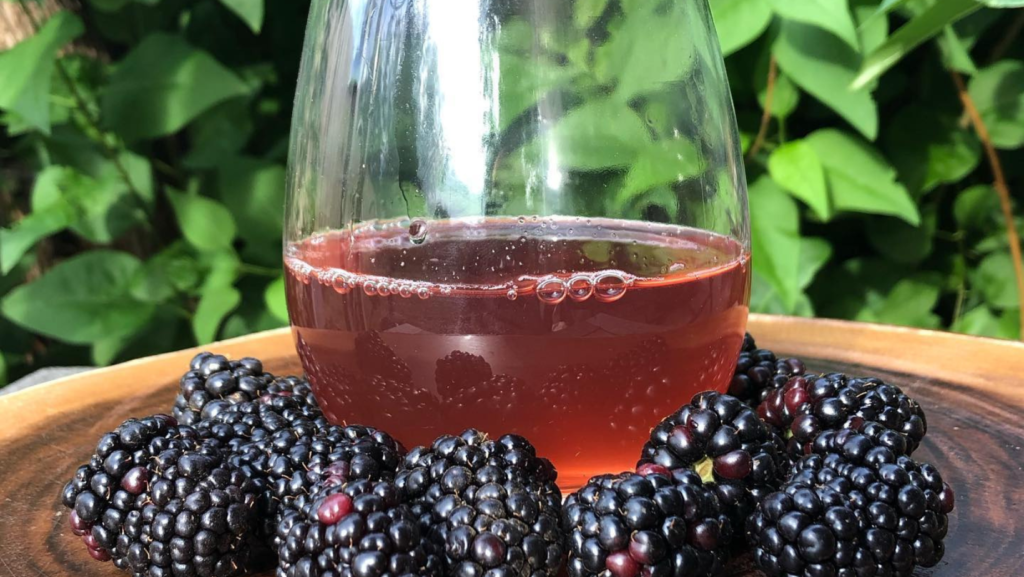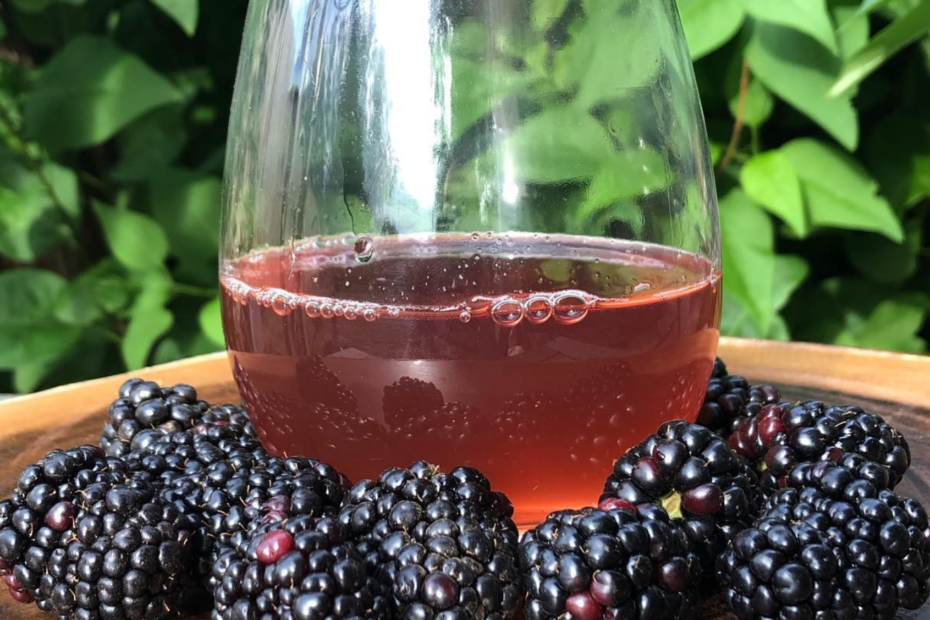What flavor does mead have?
When encountering mead for the first time, many people anticipate a sweet flavor. This conclusion is valid because honey is a key ingredient in this beverage. Mead, however, is not always a sweet drink. it can instead be bone-dry. The flavor may also be fruity, or extremely spicy. There are countless possibilities.
Mead’s flavor should always be that of fermented honey. The honey may add any number of complexities to the final flavor profile, depending on the cultivar chosen. It will be easier to enjoy the tastes in a traditional honey wine if you picture honey without the sweetness. It should have a robust flavor and be flowery and clean, similar to white wine. it will, therefore, taste differently to each person. The greatest way to comprehend the flavor is to consume it. that are springing up all over the nation.
The Method of Tasting
Decide what you know about your mead before you begin your tasting. Are there any unique components in the mead that you should look for? Was a specific variety of honey identified?
Is the mead dry, semi-sweet (medium), or sweet in terms of residual sugar? Does the mead have carbonation? Whether still, petillant, or dazzling, how much more if so? And how much booze is there? Is it low, like a session mead or hydromel? Is this the usual (9-14% abv)? Or is it a strong bag mead?
You should think about these before pouring your glass so that you know what to look for in your mead. The mead should be assessed based on four factors: scent, appearance, flavor, and mouthfeel. Beyond just a generic “This is good” or “I hate that,” these distinct components can help you better appreciate and understand what you enjoy or dislike about your mead.
Aesthetics
The appearance of the drink is referred to. Is it dazzling and clear? Is it hazy and unclear? Do the hues transfer reds, oranges, or purples from fruit ingredients, or are they all golden?
Comment on color: Depending on the type of honey and any additional additives, the color may differ significantly. In the absence of a defined honey variety, practically any hue is permissible. In general, the hue should be indicative of the honey used if a honey variety is indicated. Color purity, hue, and saturation should all be taken into account.
Aroma
According to the components employed, the term “aroma” refers to the perfume of the mead and can include floral notes indicating the honey source, fruitiness, or spiciness. Additionally, the fermentation process may have produced some aromatics (such as alcohol, sulfur, yeastiness, etc.). Make sure to consider the following factors when analyzing the aroma.
The aroma of the drink may be described as vinous, fruity, floral, or spicy. Fresh aromatics should predominate over muddy, muddled, yeasty, or sulfurous notes in the bouquet (rich, complex aromatics resulting from the mix of ingredients, fermentation, and aging).

